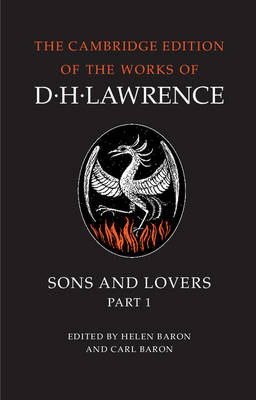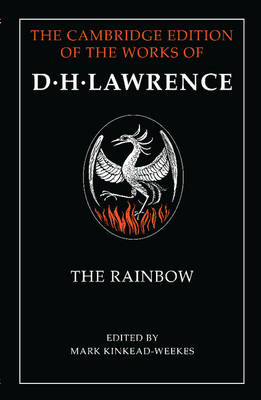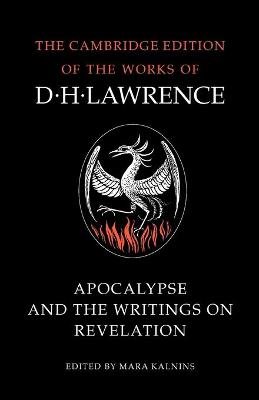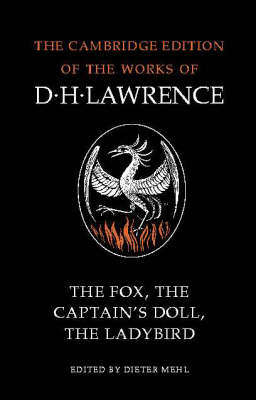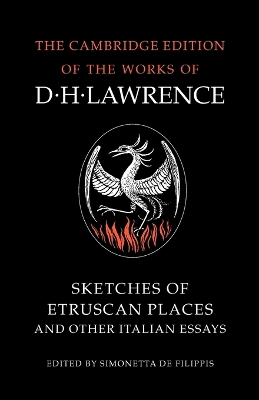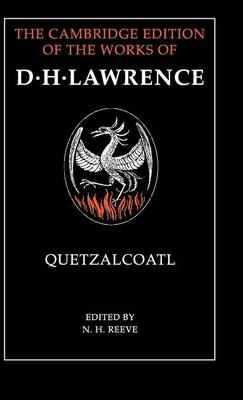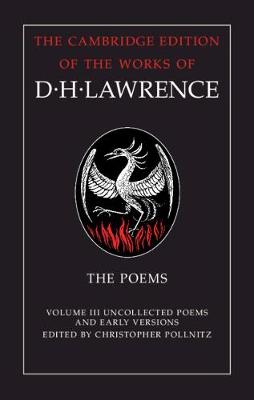The Cambridge Edition of the Works of D. H. Lawrence
55 total works
The Complete Novels of D. H. Lawrence 11 Volume Paperback Set
by D H Lawrence
Lady Chatterley's Lover and A Propos of 'Lady Chatterley's Lover'
by D H Lawrence
D. H. Lawrence: Studies Class American Literature
by D H Lawrence and Robert J. Shapiro

